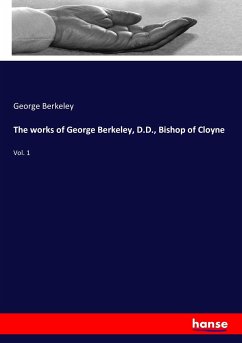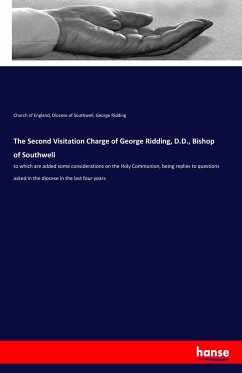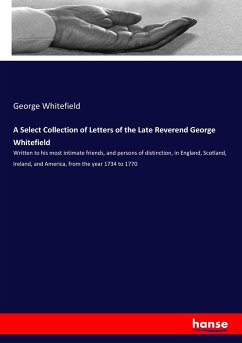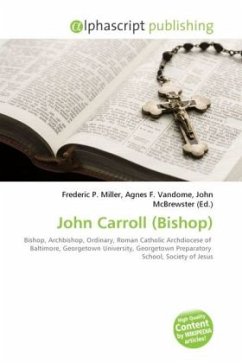Please note that the content of this book primarily consists of articles available from Wikipedia or other free sources online. George Brown was a late 15th century and early 16th century Scottish churchman. He first appears on record in 1478 as the rector of the church of Tyningham, and is called a clerk of the diocese of Brechin. In 1482, he was selected to be Chancellor of the diocese of Aberdeen. On 22 October 1483, he was selected to be Bishop of Dunkeld, despite the election of Alexander Inglis on 17 September the same year. On 13 June 1484, Brown had been consecrated at the Papal see. Brown, as orator regis, had been sent to Rome by King James III of Scotland to press the claims of George Carmichael to the bishopric of Glasgow. According to Alexander Myln, in his 16th century Vitae Dunkeldensis ecclesiae episcoporum, Brown used the opportunity to become friendly with many of the cardinals, including Roderick Borgia, papal vice-chancellor and Bishop of Porto, the future Pope Alexander VI
Bitte wählen Sie Ihr Anliegen aus.
Rechnungen
Retourenschein anfordern
Bestellstatus
Storno








